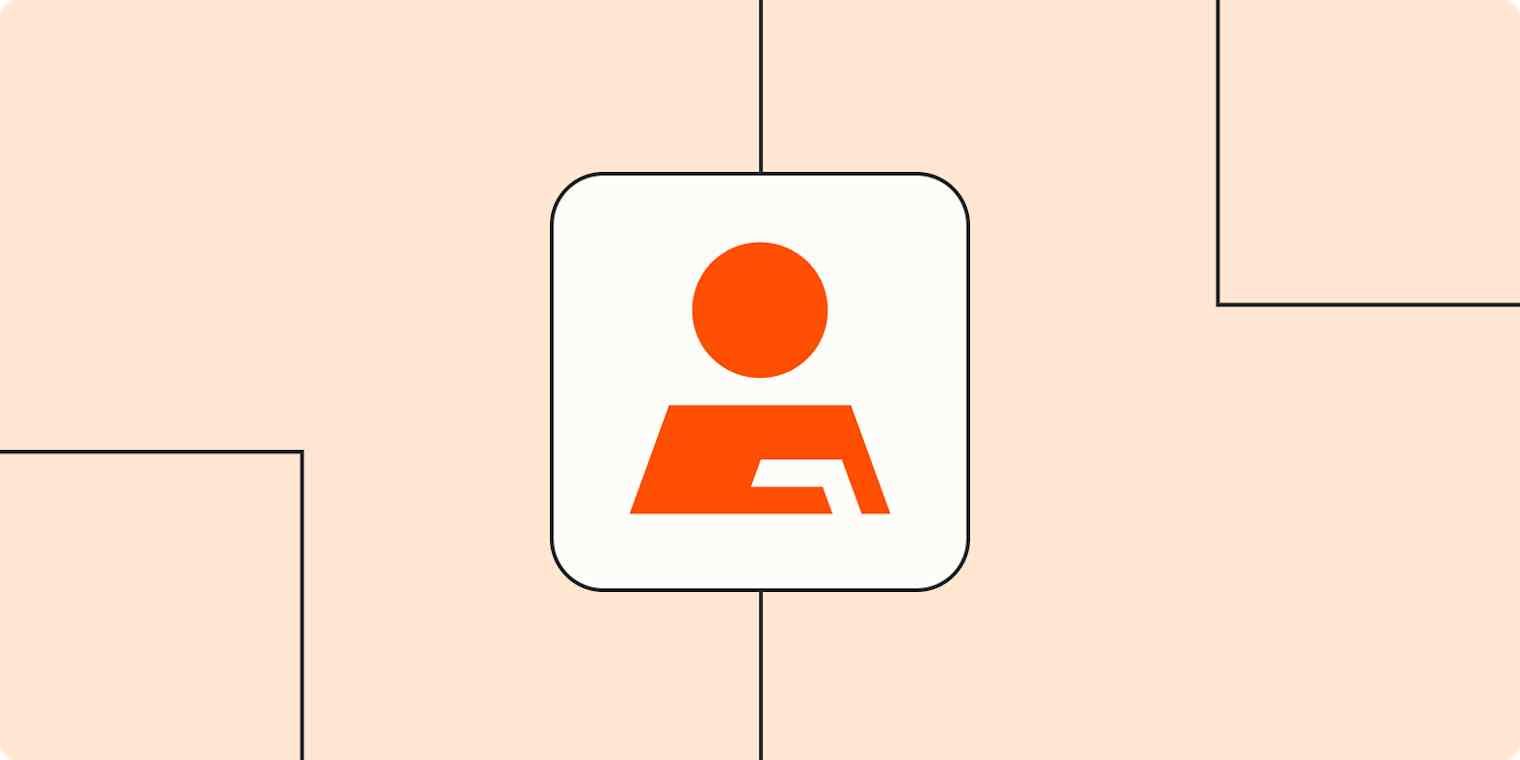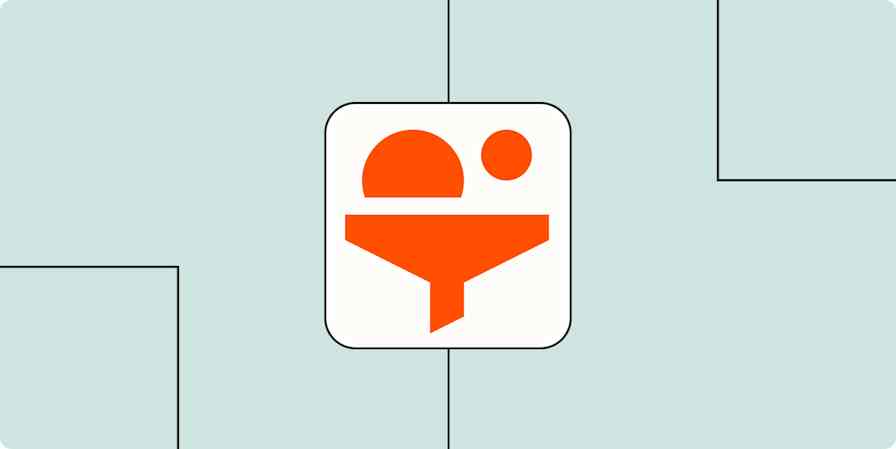Automation inspiration
5 min read6 ways automation can help you nurture and manage leads
By Jack Beaudoin · January 5, 2022

Get productivity tips delivered straight to your inbox
We’ll email you 1-3 times per week—and never share your information.
Related articles
Improve your productivity automatically. Use Zapier to get your apps working together.








